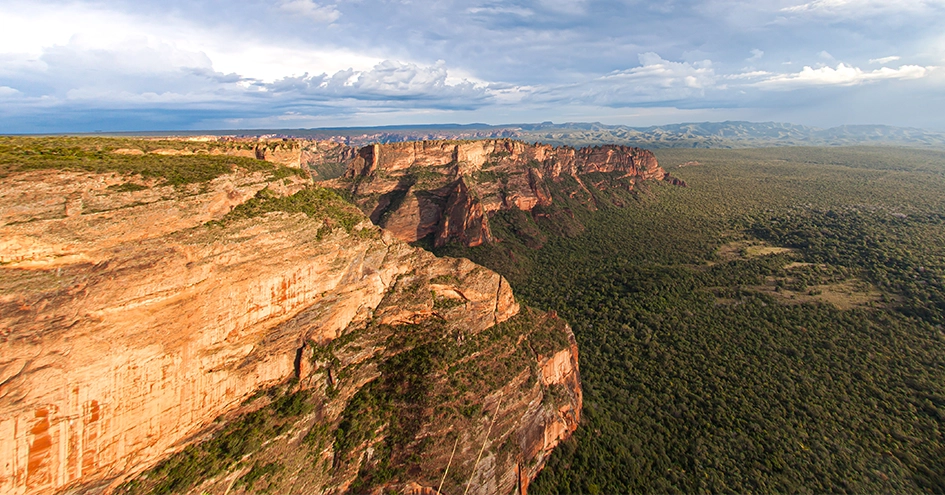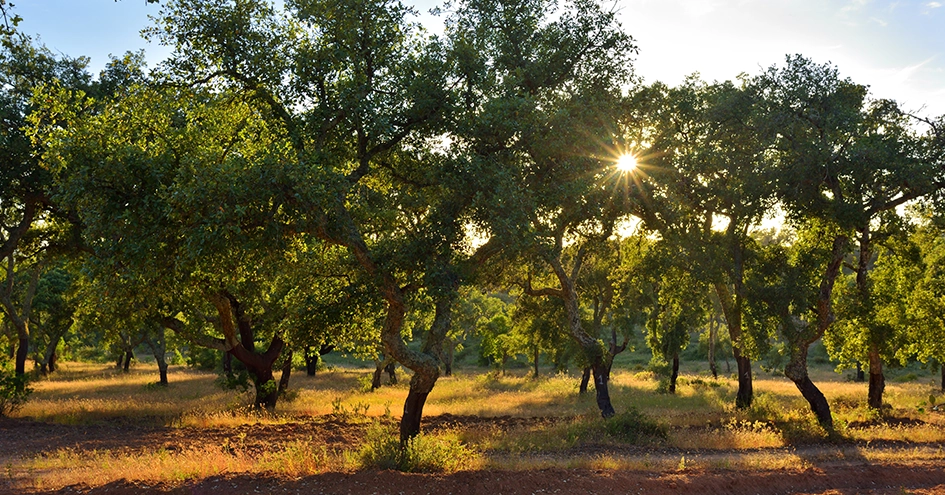Multi-stakeholder initiatives for the conservation of ecosystems
ur investment in multi-stakeholder initiatives continued in 2024, in line with the ten principles established by the FPCoA. The aim of this investment is the preservation and regeneration of ecosystems.
Sustainable landscapes in Mato Grosso (Brazil)
In 2024, in line with the objectives of the FPCoA of the CGF, we continued our financial support for the project in Mato Grosso – the state with the highest agricultural production in Brazil – in partnership with the Amazon Environmental Research Institute (IPAM), Nestlé and Sainsbury’s. This initiative follows the ten principles established by the Coalition and, in 2024, made it possible to develop a local governance model in two more municipalities – Diamantino and Alto do Paraguay – and to consolidate it in the municipalities of Campos de Júlio, Campo Novo de Parecis, Sapezal and Tangara da Serra.

The project is leveraged by the PCI Strategy: Produce, Conserve and Include, which is the responsibility of the state government of Mato Grosso. It consists of an action plan to reduce deforestation, achieve sustainability commitments in the supply chain and promote the economic and social development of small farmers and indigenous communities.
Through this project, soy production on some farms in Mato Grosso obtained RTRS certification. Regenerative agriculture techniques have also been implemented, which promote carbon sequestration, improve soil fertility and reduce the need to use chemical products.
One of the advances made in Mato Grosso was the construction of a seed nursery to promote the recovery of degraded areas. This initiative aims to promote agroforestry systems that optimise land use by balancing ecosystem conservation with agricultural production.
Within the scope of social safeguards, a guide was developed on the human rights of indigenous peoples and local communities, to promote respect for their cultural and social specificities in the processes of restoring degraded areas and in soy production.
Finally, we highlight the revision of municipal legislation in Tangará da Serra regarding payments for ecosystem services. This change allowed for a wider range of payment options and prioritised farmers’ efforts to maintain the most critical watersheds.
The progress achieved highlights the success of collaborative strategies based on participatory governance, technical innovation and community involvement.
Support for projects that protect biodiversity and regenerate ecosystems

As specialists in the commercialisation of perishable products – such as meat, fish, fruit and vegetables – we know that our activities depend directly on biodiversity and the services provided by ecosystems. We are also aware of the impact our business can have on these same natural ecosystems. To assess the inherent risks, we use the Ecosystem Services Review methodology developed by the World Resources Institute. This approach allowed us to identify 11 priority areas for action, such as agricultural crops, pollination, animal production, extractive fishing and aquaculture. Priorities were defined based on the dependencies and impacts of the activities of the Group’s companies and their supply chains on ecosystem services.
In 2024, we supported 11 projects (7 in Portugal, 2 in Poland and 2 in Colombia) focused on the restoration of natural habitats, protection of biodiversity, and environmental awareness, with more than 327,000 euros. We selected the projects based on environmental criteria and mapped the origin of sensitive commodities such as palm oil, soy, beef, and paper/timber. We also took part in various ecosystem protection initiatives in the main producing regions of these ingredients.
Find more detailed information about these initiatives here.
